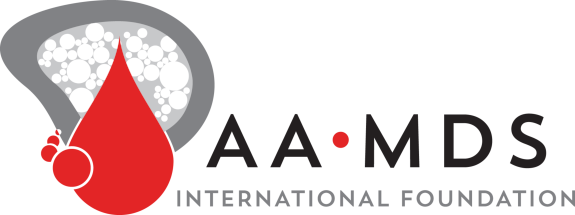The WHO and International Consensus Classification 2022 classifications of myelodysplastic syndromes enhance diagnostic precision and refine decision-making processes in these diseases. However, some discrepancies still exist and potentially cause inconsistency in their adoption in a clinical setting. We adopted a data-driven approach to provide a harmonisation between these two classification systems. We investigated the importance of genomic features and their effect on the cluster assignment process to define harmonised entity labels. A panel of expert haematologists, haematopathologists, and data scientists who are members of the International Consortium for Myelodysplastic Syndromes was formed and a modified Delphi consensus process was adopted to harmonise morphologically defined categories without a distinct genomic profile. The panel held regular online meetings and participated in a two-round survey using an online voting tool. We identified nine clusters with distinct genomic features. The cluster of highest hierarchical importance was characterised by biallelic TP53 inactivation. Cluster assignment was irrespective of blast count. Individuals with monoallelic TP53 inactivation were assigned to other clusters. Hierarchically, the second most important group included myelodysplastic syndromes with del(5q). Isolated del(5q) and less than 5% of blast cells in the bone marrow were the most relevant label-defining features. The third most important cluster included myelodysplastic syndromes with mutated SF3B1. The absence of isolated del(5q), del(7q)/-7, abn3q26.2, complex karyotype, RUNX1 mutations, or biallelic TP53 were the basis for a harmonised label of this category. Morphologically defined myelodysplastic syndrome entities showed large genomic heterogeneity that was not efficiently captured by single-lineage versus multilineage dysplasia, marrow blasts, hypocellularity, or fibrosis. We investigated the biological continuum between myelodysplastic syndromes with more than 10% bone marrow blasts and acute myeloid leukaemia, and found only a partial overlap in genetic features. After the survey, myelodysplastic syndromes with low blasts (ie, less than 5%) and myelodysplastic syndromes with increased blasts (ie, 5% or more) were recognised as disease entities. Our data-driven approach can efficiently harmonise current classifications of myelodysplastic syndromes and provide a reference for patient management in a real-world setting.
❄️ Give the Gift of Answers, Support, and Hope ❄️
Please make a donation to the Aplastic Anemia and MDS International Foundation this holiday season.

